NJ AITC Lessons
Basic Gardening
What should children know when they are working in a school garden?

A school garden is a perfect hands-on way to introduce children to agriculture and show them how food is grown. These basic gardening lessons from New Jersey Agriculture in the Classroom teach children all they need to know about the garden. There are lessons on seeds, the parts of plants, and how plants move and grow. There are also lessons on types of soil, good bugs and bad bugs, worms, bees, decomposition, and more. Each lesson is linked to the New Jersey Learning Standards for preschool through fifth grade. If you have questions about these lessons, please contact: njagliteracy@gmail.com.
Click on the lesson title to download the lesson.

Classroom Management in the Garden
How to prevent chaos and remain sane
Keeping everyone calm and focused while visiting the garden can be a challenge.
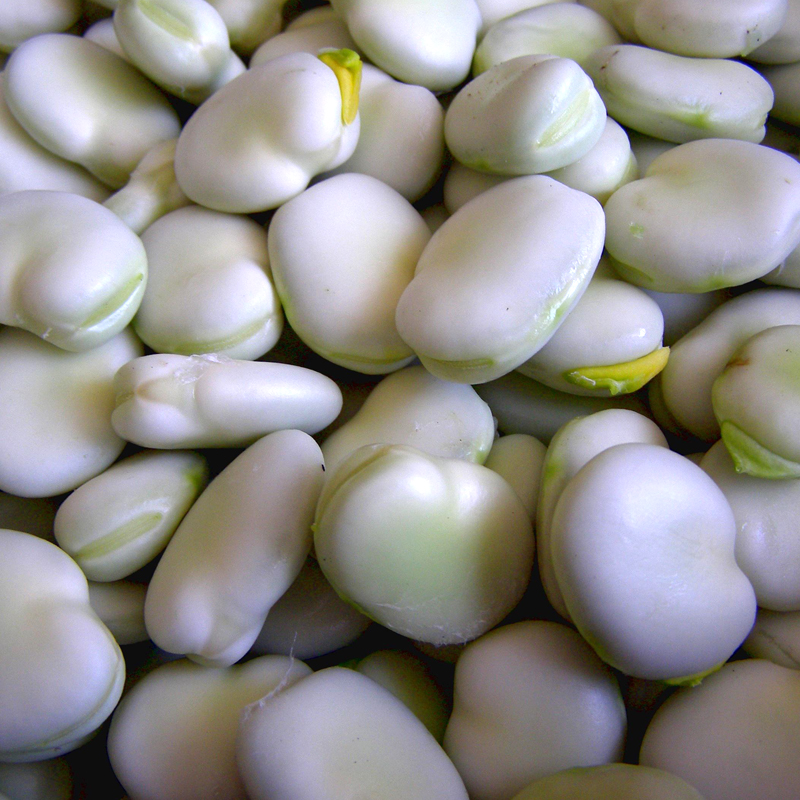
Parts of a Seed
Your students will be amazed to discover that there is a baby plant inside every seed. Let them see this for themselves by dissecting a lima bean.
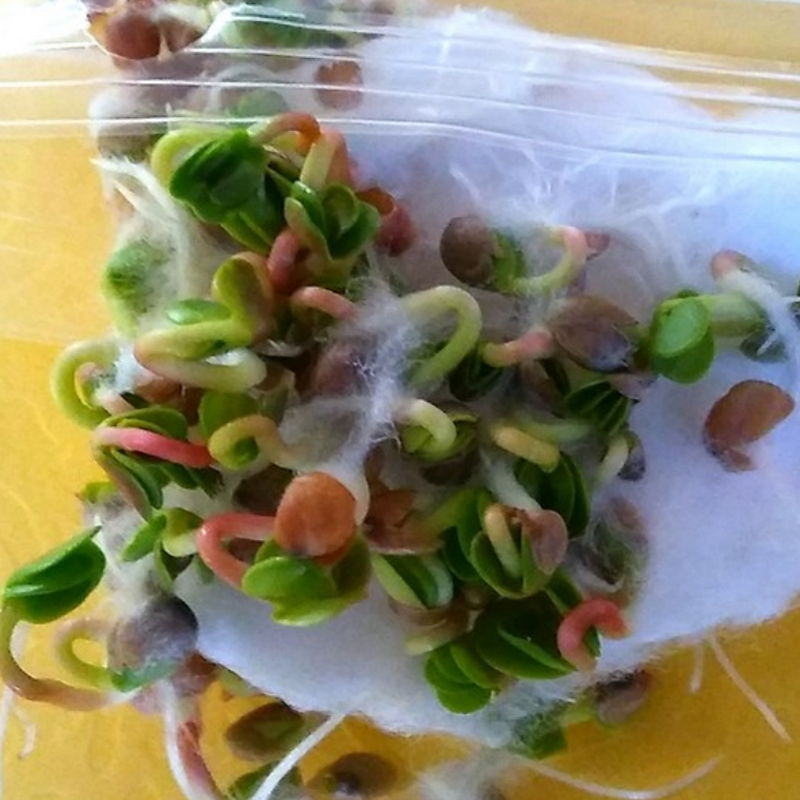
Seed Necklace
Students plant seeds they can wear around their necks to watch the enitre germination process.
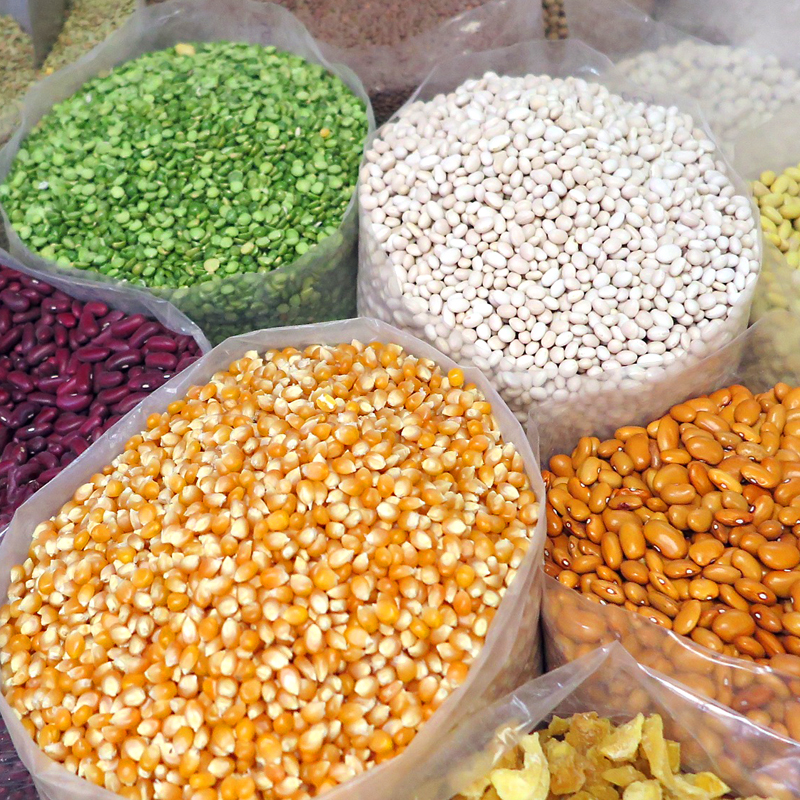
Seed Investigators
Seeds come in so many shapes and sizes! Your students can sort, count, and compare while exploring all different kinds of seeds.
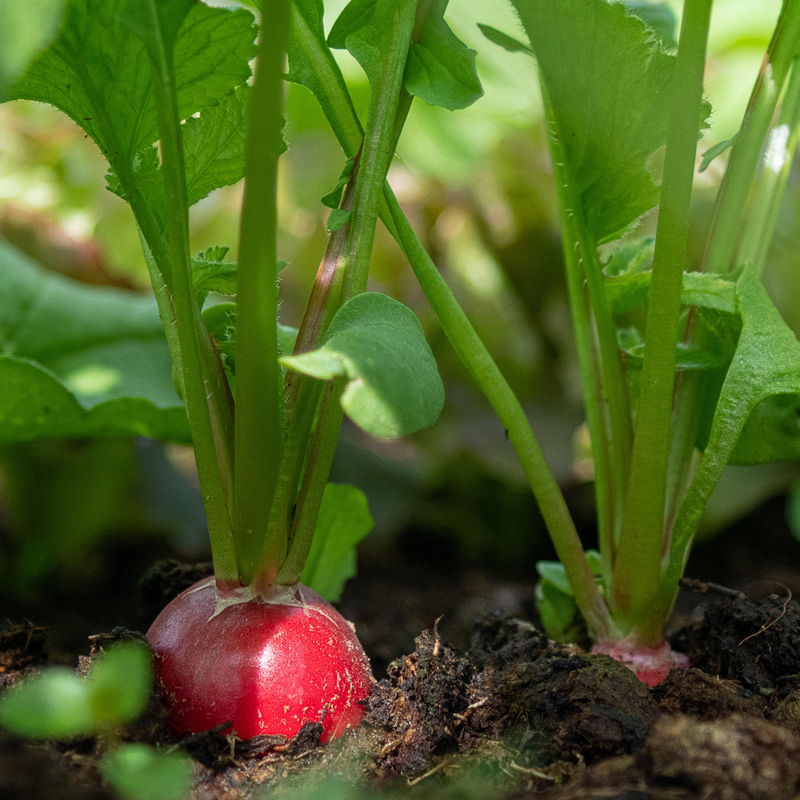
Parts of a Plant We Eat
Tops and Bottoms
Learn about the different plant parts we eat with a great picture book.
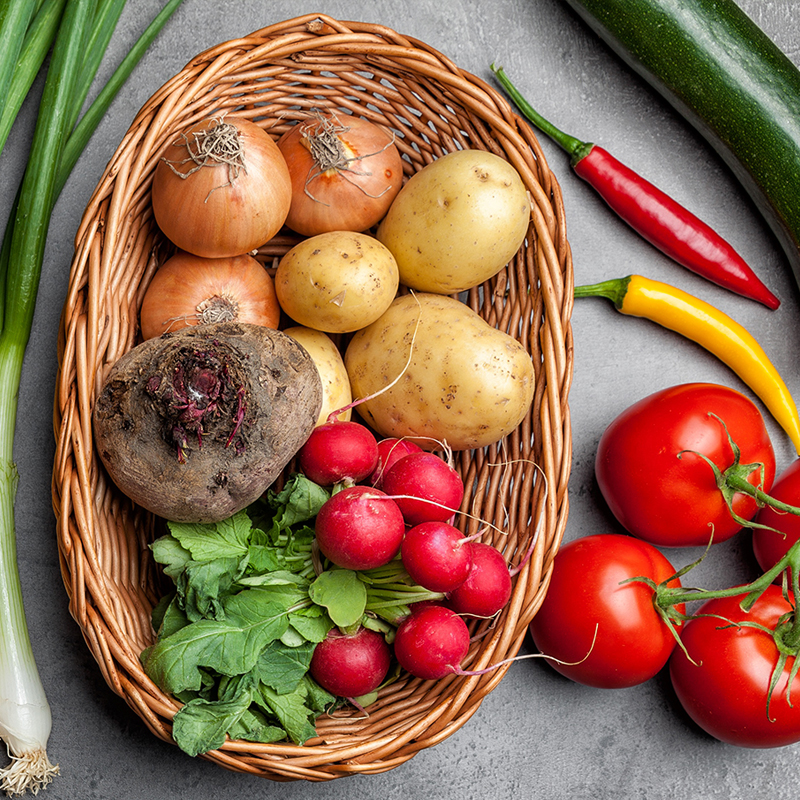
Parts of a Plant Song
A fun way to remember all the plant parts.
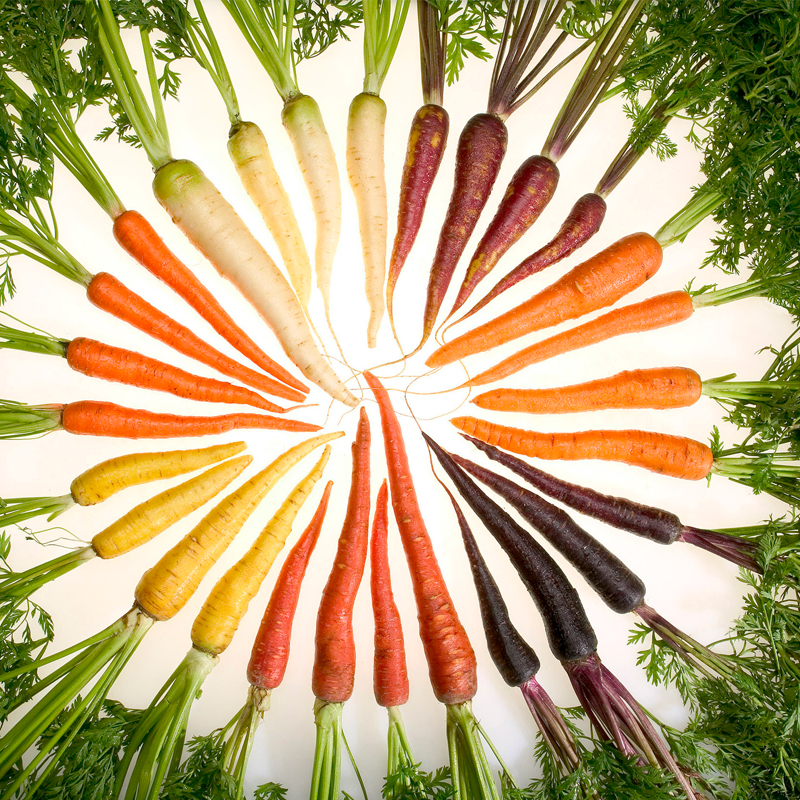
Parts of a Plant Game
What parts of plants do we eat? In this fun card game, students learn whether their favorite fruits and vegetables are roots, stems, leaves, flowers, fruits or seeds.
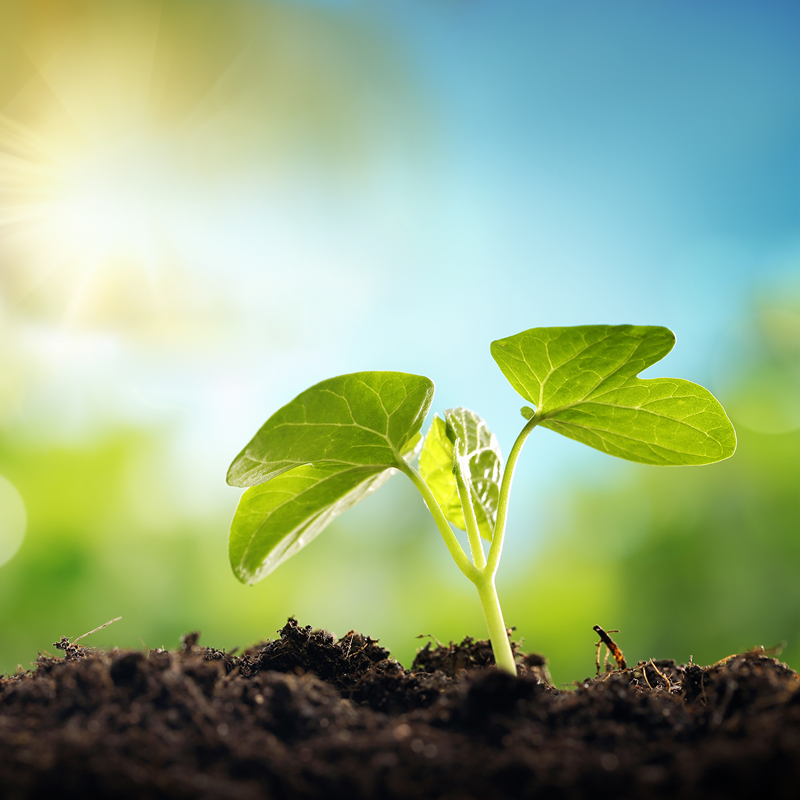
Do Plants Really Need Light?
Students create an experiment to show that light is essential for plants.
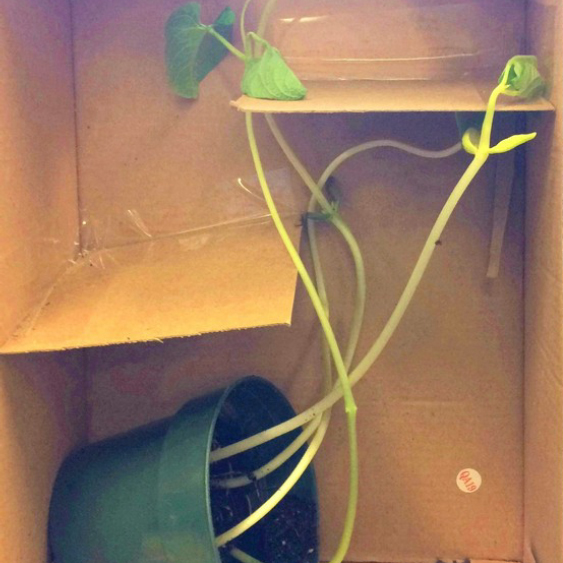
A Maze for Plants
Discovering Phototropism
This fun experiment proves that plants move toward the sunlight.

Can Plants Sense Gravity?
Discovering Gravitropism
Does it matter which way you plant a seed? This easy experiment will show you.
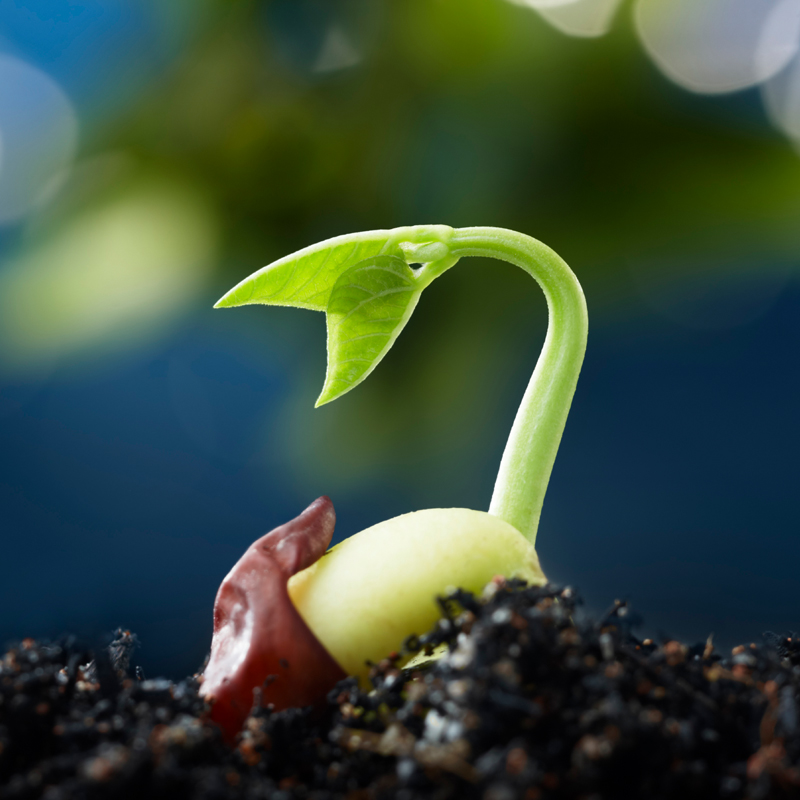
How to Plant Seeds for a Cool-Season Vegetable Crop
Students learn the correct way to plant seeds and which vegetables can grow in spring and fall when school is in session.
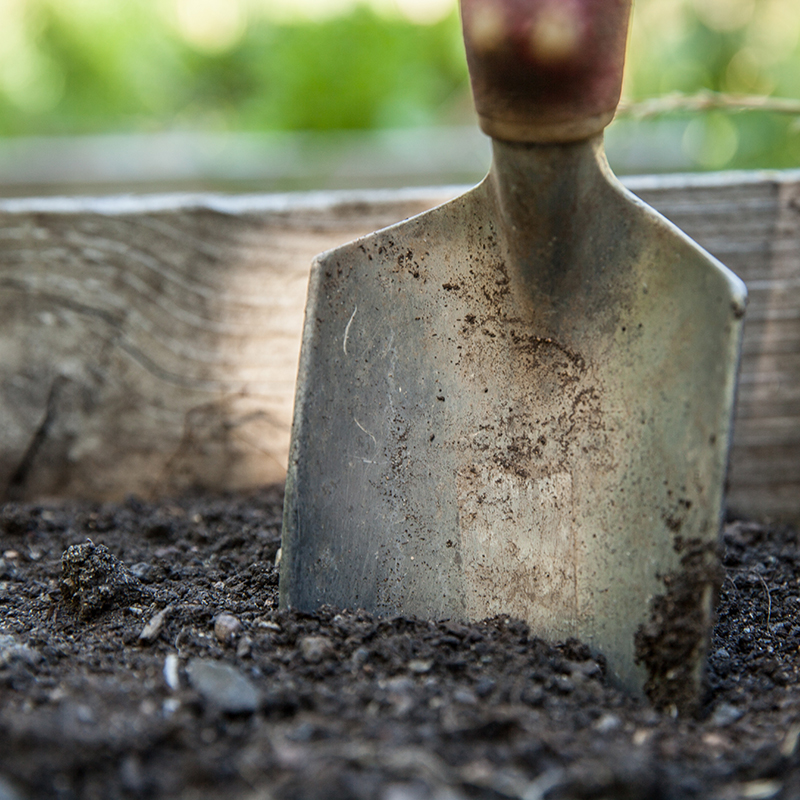
Gardeners Plant in Soil Not Dirt
Dirt is dead, but soil is a living ecosystem. Students examine soil to see what's inside.
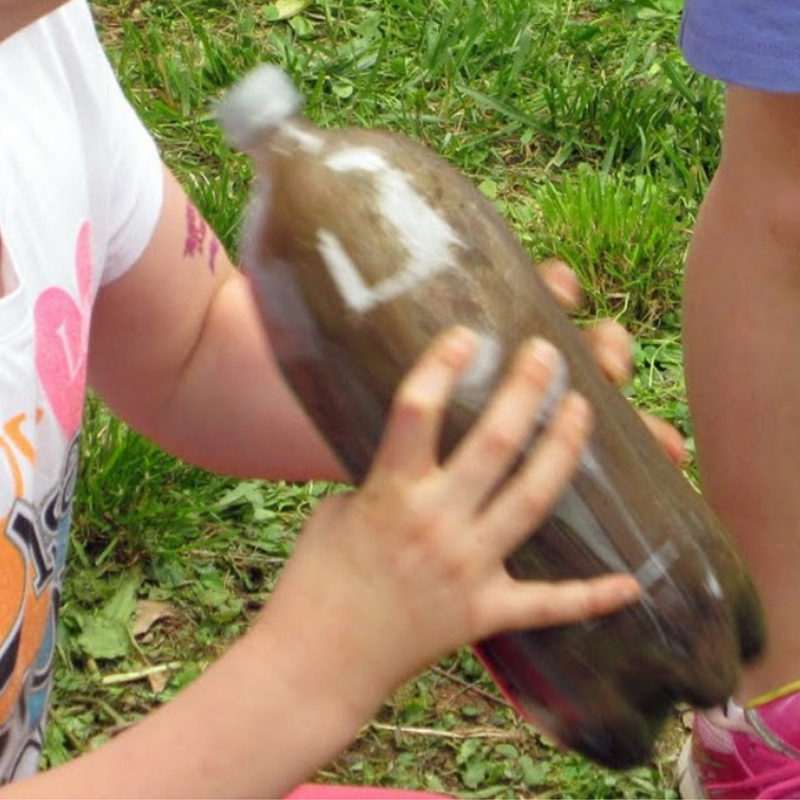
Making Mud Shakes to Learn About Soil
There's nothing better than a mud shake to teach children the differences between the three basic types of soil: sand, silt, and clay.

How To Measure Rain
Make your own rain gauges from soda bottles.

Good Bugs and Bad Bugs in the Garden
Are insects and other tiny creatures good or bad for your garden? Students find out in this lesson.
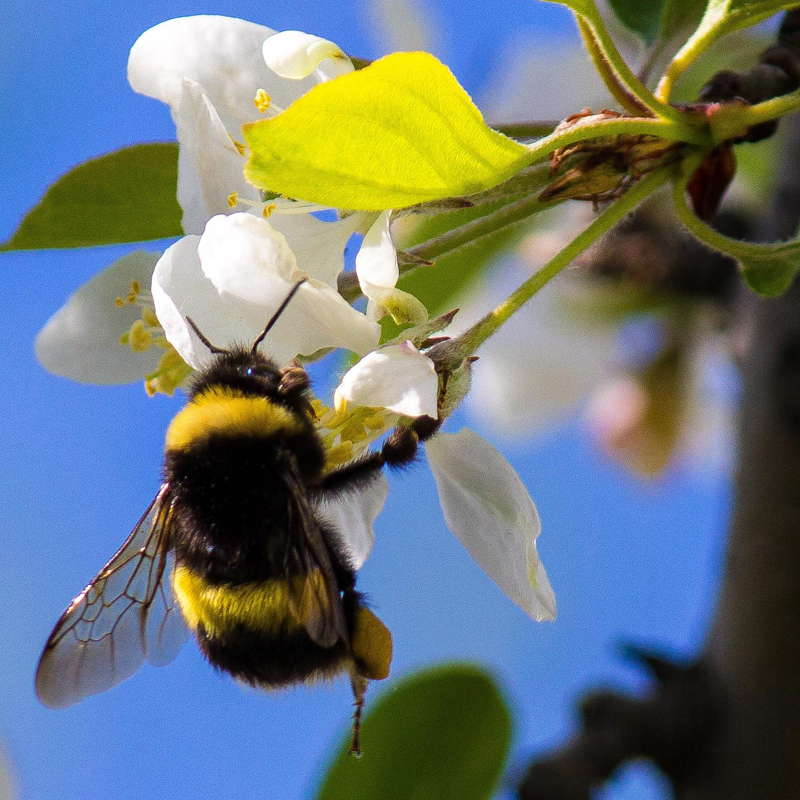
Pollination-A Sticky Situation
Colored Chalk & Cotton Balls
An activity using cotton balls and chalk flowers show how pollination works.
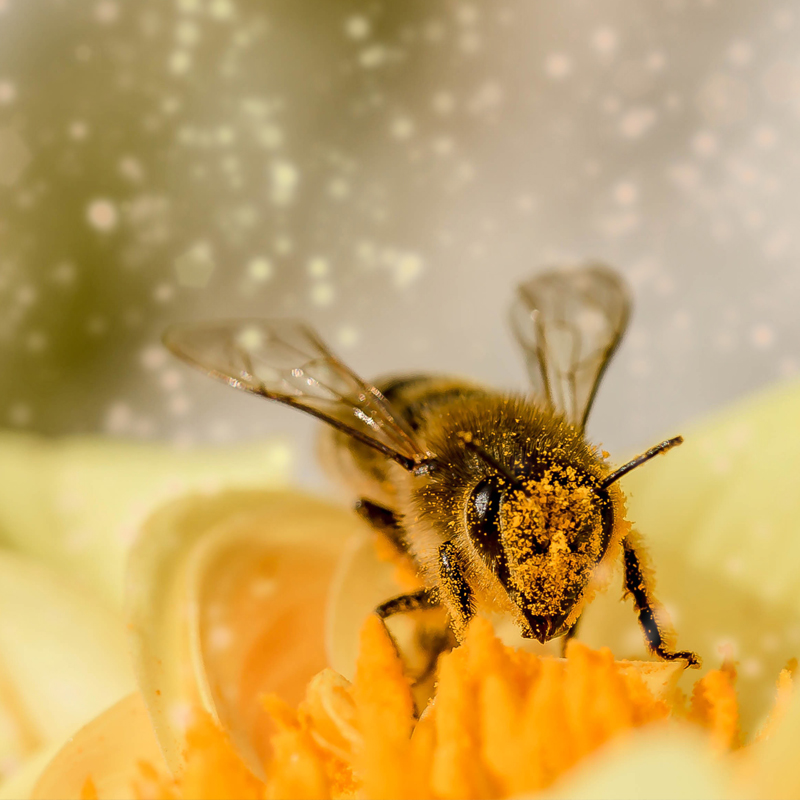
Pollination-A Sticky Situation
Bee Puppet & Cheestos
An activity using Cheetos and finger puppets shows how pollination works.

Bees
The Great Pollinators
Students play a game to learn the important role bees play in pollination.
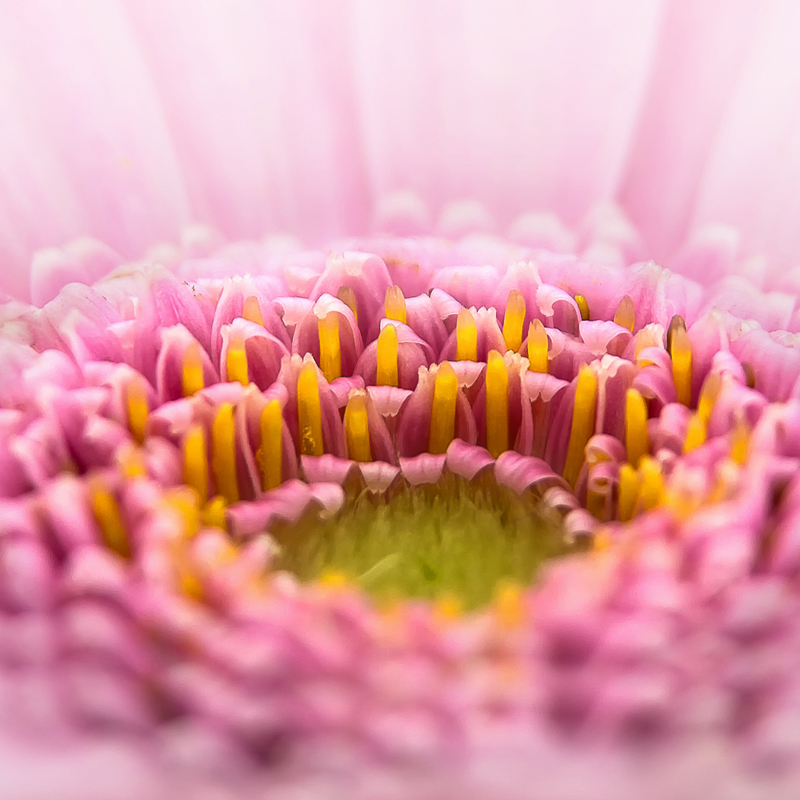
Parts of a Flower
Students create a paper flower in order to learn how pollination works.

Growing Gloves
Transparent plastic gloves serve as the container for seed germination in this seed sprouting experiment.
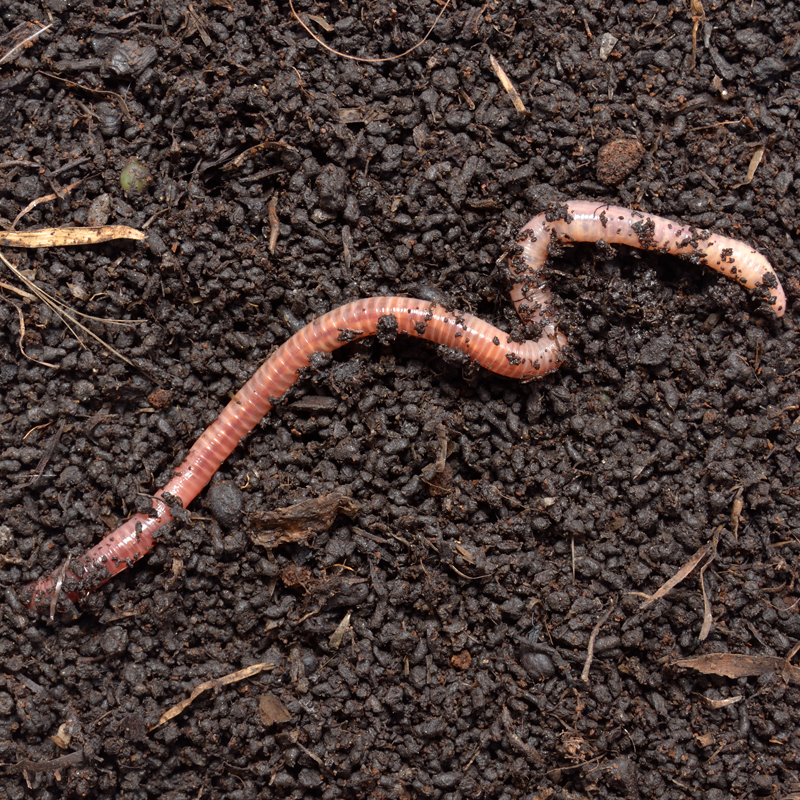
How to Make a Classroom Worm Bin
This simple worm bin allows students to observe worms as they convert plant material into rich compost.

My Peculiar Plant Person
Use what students know about edible plants to create a delicious creature.
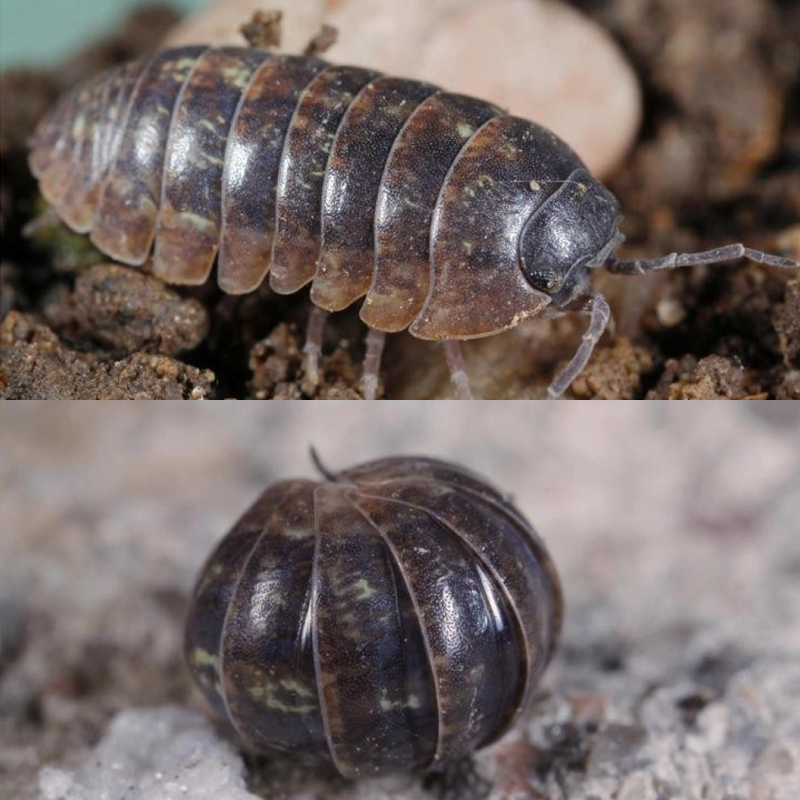
A Roly Poly Habitat
Here's how to build a home for these fascinating creatures.

Disappearing Pumpkins Grades PreK-2
Use an old Jack O'Lantern for a decomposition experiment.

Disappearing Pumpkins Grades 3-5
Use an old Jack O'Lantern for a decomposition experiment.
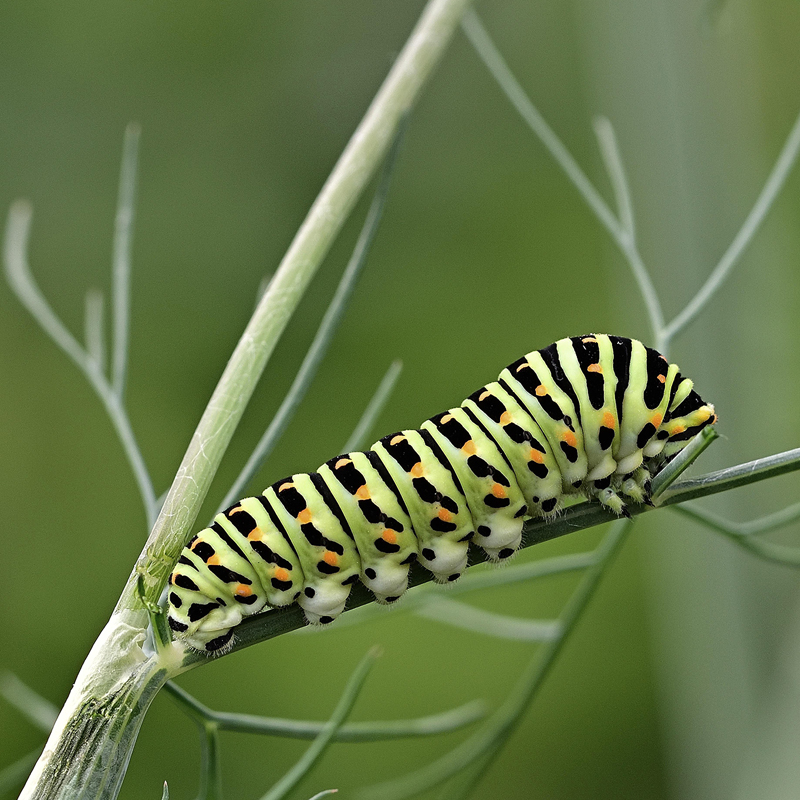
Hungry Caterpillars
Enemies of the Spring and Fall Garden
Keep those hungry caterpillars from eating your garden.
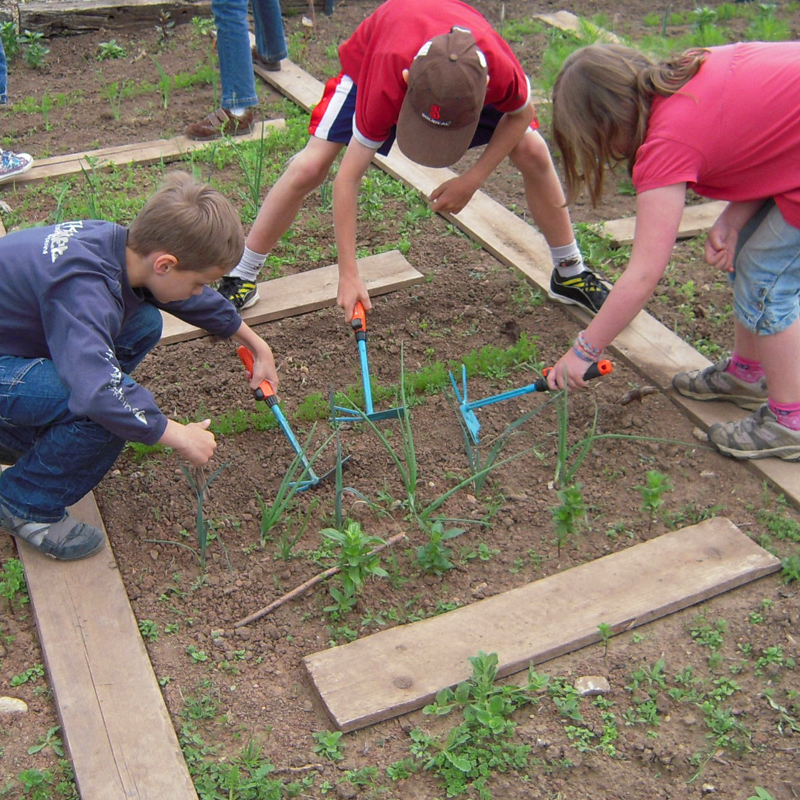
No-cost School Garden
Drip Irrigation System
Let milk jugs water your garden when you're not there.
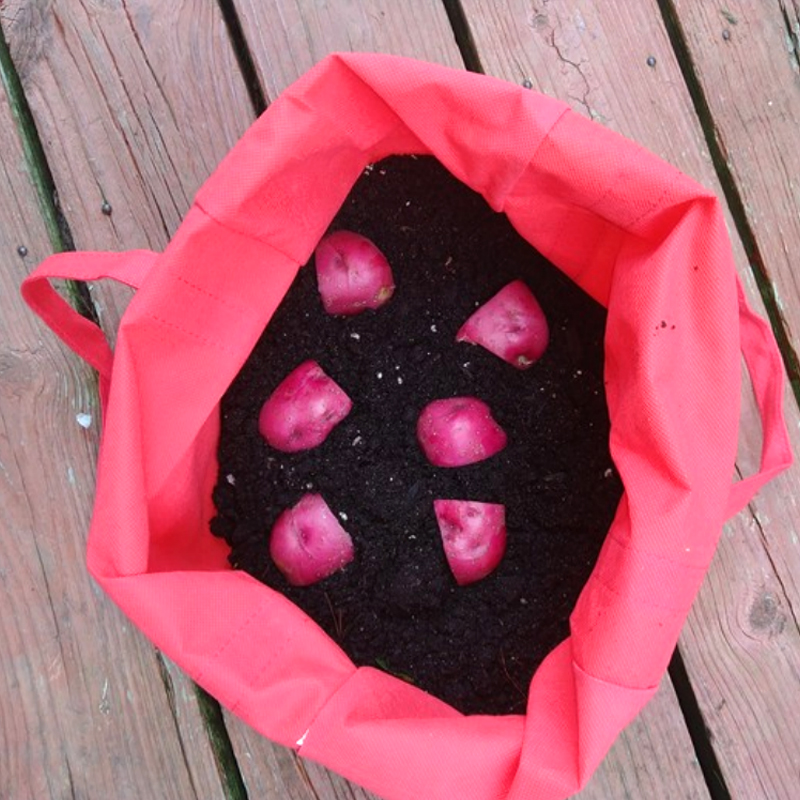
Sack of Potatoes
How to Grow Potatoes in a Shopping Bag
Show students how this favorite vegetable grows.

